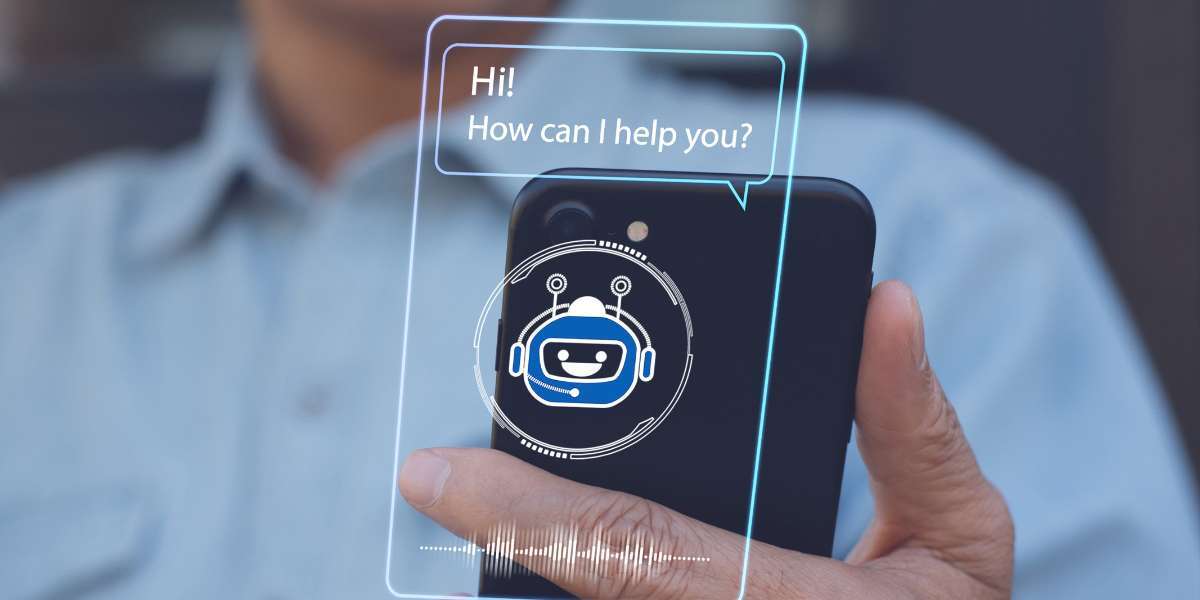Have you noticed that more and more automation is finding its way into our daily lives? Think of all the new (or near-new) conveniences we have available to us. Home appliances, self-checkout, consumer electronics, entertainment, medical devices and smart buildings help us every day.
In a recent blog post, I talked about IVAs (Intelligent Virtual Agents), which are deployed widely to enhance the customer experience by streamlining and handling the customer need immediately, with little to no human intervention.
But let’s kick it up a notch. What will customer experiences look like in the near future, as more and more automation takes place? Now, let’s be honest: manufacturers will be building solutions in this space… but customer adoption is really the determining factor of how prevalent this technology becomes. My take on it is that if it’s easy to work with and enhances my life and well-being, I’ll probably give it a go.
Smart Home Devices and Smart Phones are a part of many people’s lives today. We either ask them questions, set timers, get notifications and/or play music. Some of you may even be using it to talk to others in your network (in different homes, per se). The most common ones are Google Home, Alexa, Siri and Cortana, and there are others, as well. Now, let’s think about connecting them to different parts of our home life, turning on and off lights, thermostats, etc. They are becoming more and more connected all the time. I can certainly see a time when businesses have a device in a conference room tied to a back-end system that can provide instantaneous information. It would sound something like this:
“Hey (device of your choice), what are the sales numbers for our #1 product last quarter?”
This would be more of a business-to-business play, but there are definitely applications for this in our everyday life.
Amazon’s Alexa already makes proactive recommendations on when you should purchase dog food, as an example. This is based on the buying pattern it sees in your account. You don’t want to run out now, do you? When my smart refrigerator lets me know when I need groceries, it won’t be long before my supermarket is aware. The supermarket can fill the order (that may be robotic in the future, too), and they can deliver it. Talk about convenience!
Okay, you may have already thought about that, but how about medical devices that can be equipped to send signals to either the manufacturer, the physician or the patient? Even if you and I get a knee replacement on the same date, by the same manufacturer, and the same physician, we will still probably “wear” them differently. If mine wears out before yours, I will want to know that. I would also want to be automatically scheduled with my physician to hear about options. I’d want my physician tied to my insurance carrier to know how much this would cost. It would be much easier to have them reach out proactively to me. On the flip side, if the patient remained unaware of all these details, the result could be catastrophic.
Just as in this example, in the future “devices” will be talking to other “devices” on our behalf. Privacy and compliance concerns will likely sprout up as a result, but that discussion is for another day.
Continue reading the other posts in this blog series:




